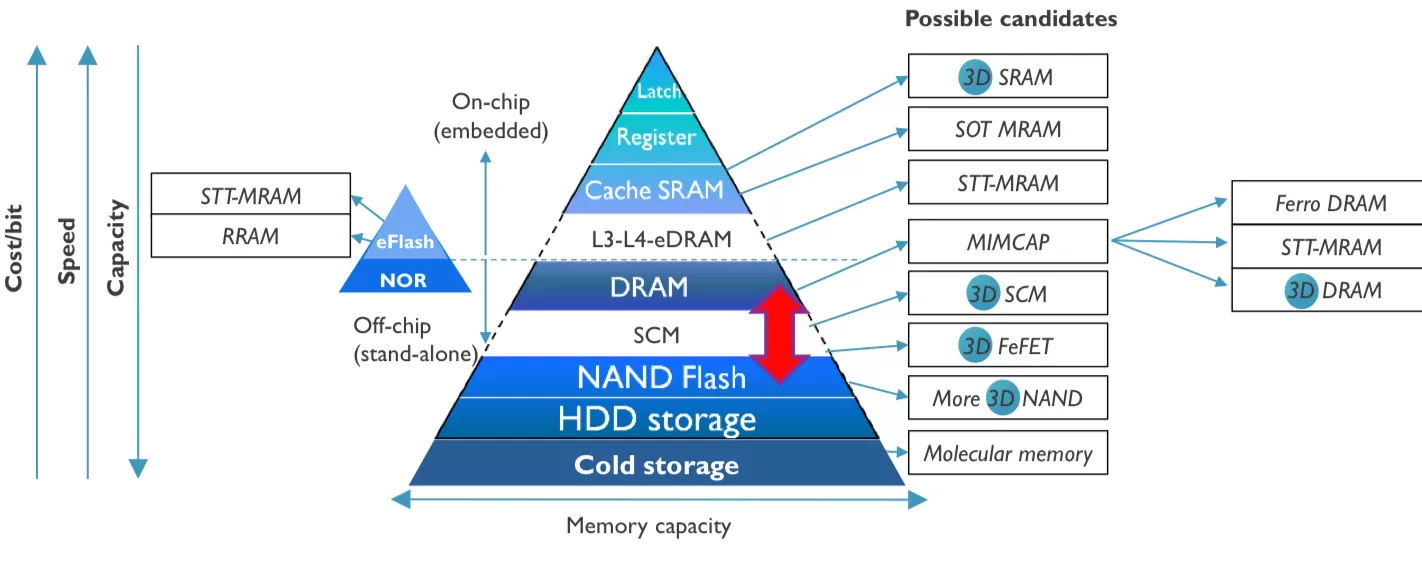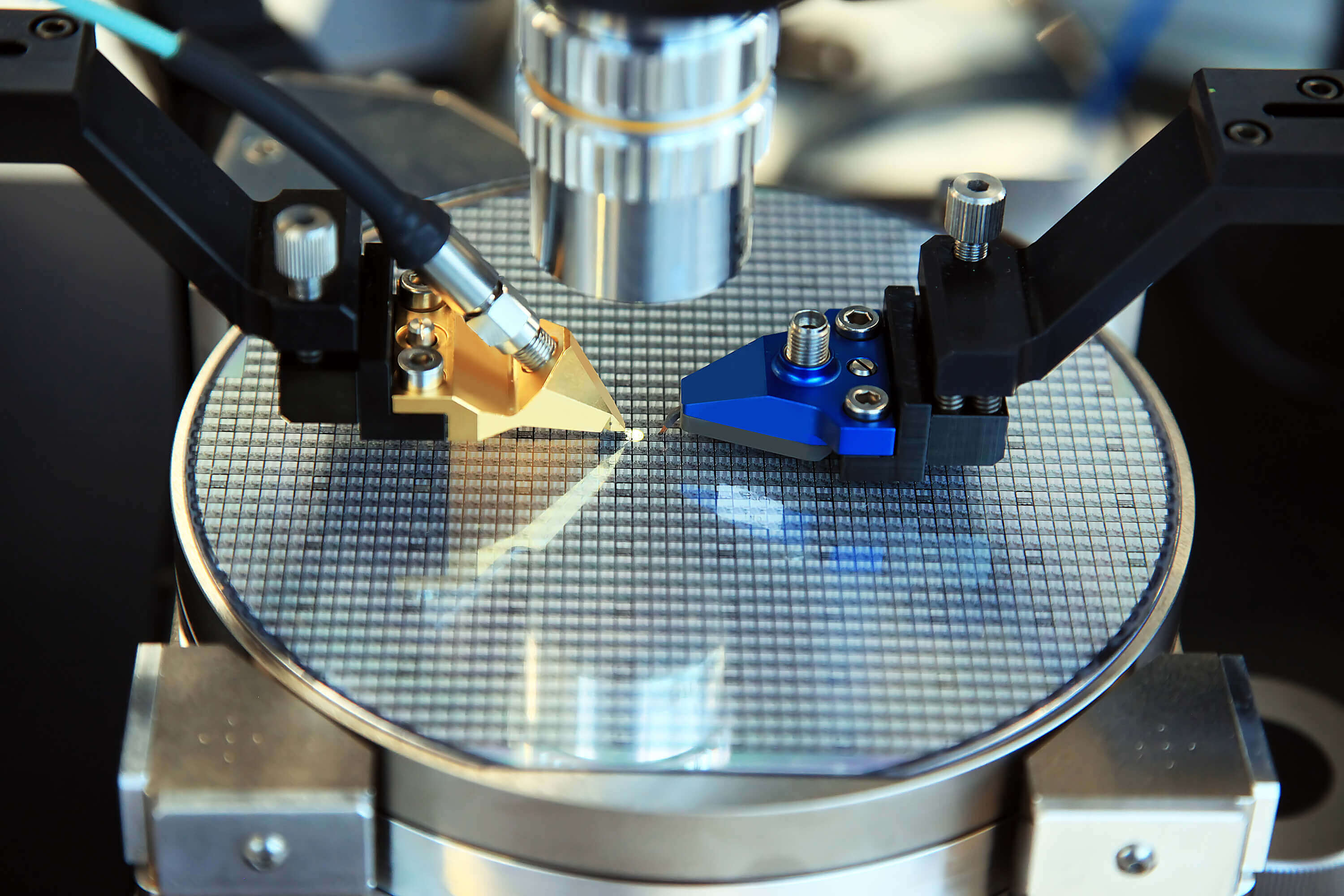Why it matters: MRAM is an up and coming memory technology that delivers data retention without power, high speed and high endurance abilities, and is now being produced with very high yields. Dated memory types such as DRAM could be replaced with this modern innovation.
Intel has provided an update on its MRAM technologies at the International Solid-State Circuits Conference. Confirmation has been given that embedded spin-transfer torque MRAM is now achieving high yields making mass production viable.
Unlike DRAM used in traditional computer memory, MRAM is non-volatile and can store data for up to 10 years without any power available. That time frame can be extended by storing chips in a cool temperature controlled environment. However, the most important uses of MRAM are not for desktop computers at all despite the fact that it could one day replace NAND flash and DRAM.

Embedded MRAM has great potential as a replacement to flash memory and SRAM, which are found in millions of everyday devices. As IoT products pop up everywhere with microcontrollers, all of those chips have some flash memory inside. Read and write speeds are very high with sense times as low as 4 nanoseconds at just 0.9V. High endurance is also a feature, making it a relatively easy replacement in many chips that use only moderately durable memory by comparison.
Right now, Intel is producing 7MB MRAM on its 22nm FinFET process. Bit yield rates are greater than 99.9%. One of the only real downsides is that producing MRAM requires error-correcting code bits that take up extra space on a die and consume energy.
Analysts have indicated that Intel is already making use of MRAM in products for its foundry customers. It may still be another year or two before commercial products using Intel's MRAM are promoted publicly, but improvements are on their way.
